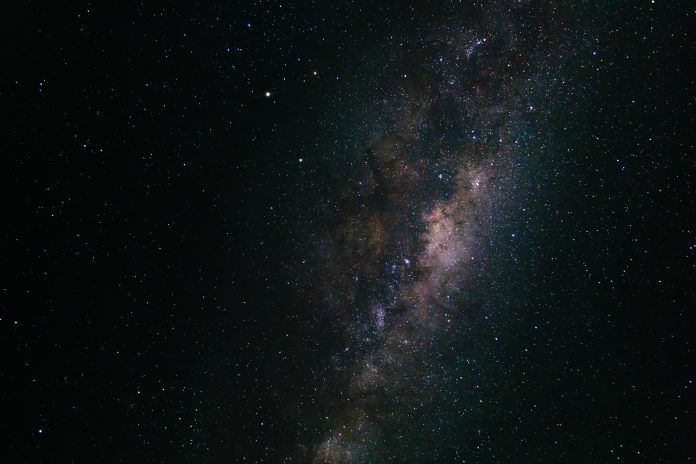Floating in a creative paradigm shift is not that bad. As Canadian astronaut Chris Hadfield described when he transitioned to space:
You’re suddenly, magically free from gravity. It’s like a small miracle, or like a superpower all of a sudden. You can fly; it makes you laugh.
In other words, I am engaged in a mental reset on how to generate words and it’s sublime. As a creative fiction writer, the experience, in a good sense, has rattled my cage and reconfigured my creative rules. “Houston, we do not have a problem.” Though initially, the recommended texts wormed into my conscience, flipped my inner child, and even put constraints on my muse. Because this paradigm shift from fiction to creative non-fiction writer brought me face to face with a fiction writer’s greatest fear, and what I perceive to be the number one rule of New Journalism: the ethics of writing the real, creatively, without offence.
From a beginner’s perspective, the trope of responsibility in all readings made its presence known like an emergency vehicle cutting through traffic during rush hour. I needed to listen. I needed to pull over. I needed to follow the rules and allow the new way to proceed. It could be a matter of life and death you know! My thinking, therefore, became critical, my creativity measured. Fortunately, Gopnik eased my angst. He tackles the issue of the difficult subject by making the difficult subject central. For example, death is touchy and raising a child is personal. However, with the use of metaphor, which Gopnik describes as the connection, “our lives are filled with things waiting to be made into metaphors”. Gopnik expunges the fear of offence, and the emergency becomes a false alarm. I proceed.
On the other hand, in his novel In Cold Blood, Truman Capote risks offence. He becomes playful by being unreliable and in a sophisticated way takes the sting out of reality. Meeting Capote’s words for the first time both excited and terrified me. How real should writers be when writing the truth? This question made me reflect upon my recent undergraduate studies on the Victorian novel. Reality verses Realism came to mind. Victorian fiction writers used Realism to exploit the mundane and the real. Without a doubt, some scenes come from the writer’s memory. For example, in her novel North and South, Elizabeth Gaskell describes the grief of a son watching his mother die:
And, so, when the paroxysms came on, each more severe than the last, they were fresh agonies, and greater disappointments to him. This afternoon, he sat in the drawing room, unable to bear the solitude of his study, or to employ himself in any way. He buried his head in his arms, which lay folded on the table.
Transfer that same vividness of death to a creative non- fiction work and you’re likely to witness the Earth light up from your space station. “Oddity, Houston is not happy.” Yet, Capote only experiences a graze from a meteor shower when he describes a killer’s killing process. This is because his work is a hybrid; fiction in the context of the real, like the Victorian novel offers realism in the context of fiction. The writers hover like astronauts, distant and untouchable, safely attached to their fictive umbilicals.
Therefore, I needed some form of reassurance before I set out to write about the real. Both Gopnik and Jaivin emphasise diplomacy in narration. However, Jaivin’s idea that creative non-fiction writers are interpreters of the world around them struck me as a kind of calling. As interpreters we are cultural gatekeepers. Truth is paramount for readers to understand, but diplomacy is the key in certain contexts. And so, freedom to choose by applying wisdom limits my fear of writing the real. I float. I fly. I laugh, without any fictive attachment. Mission complete.
This is the first instalment of a longer creative nonfiction piece to be completed in June. Stay tuned!


